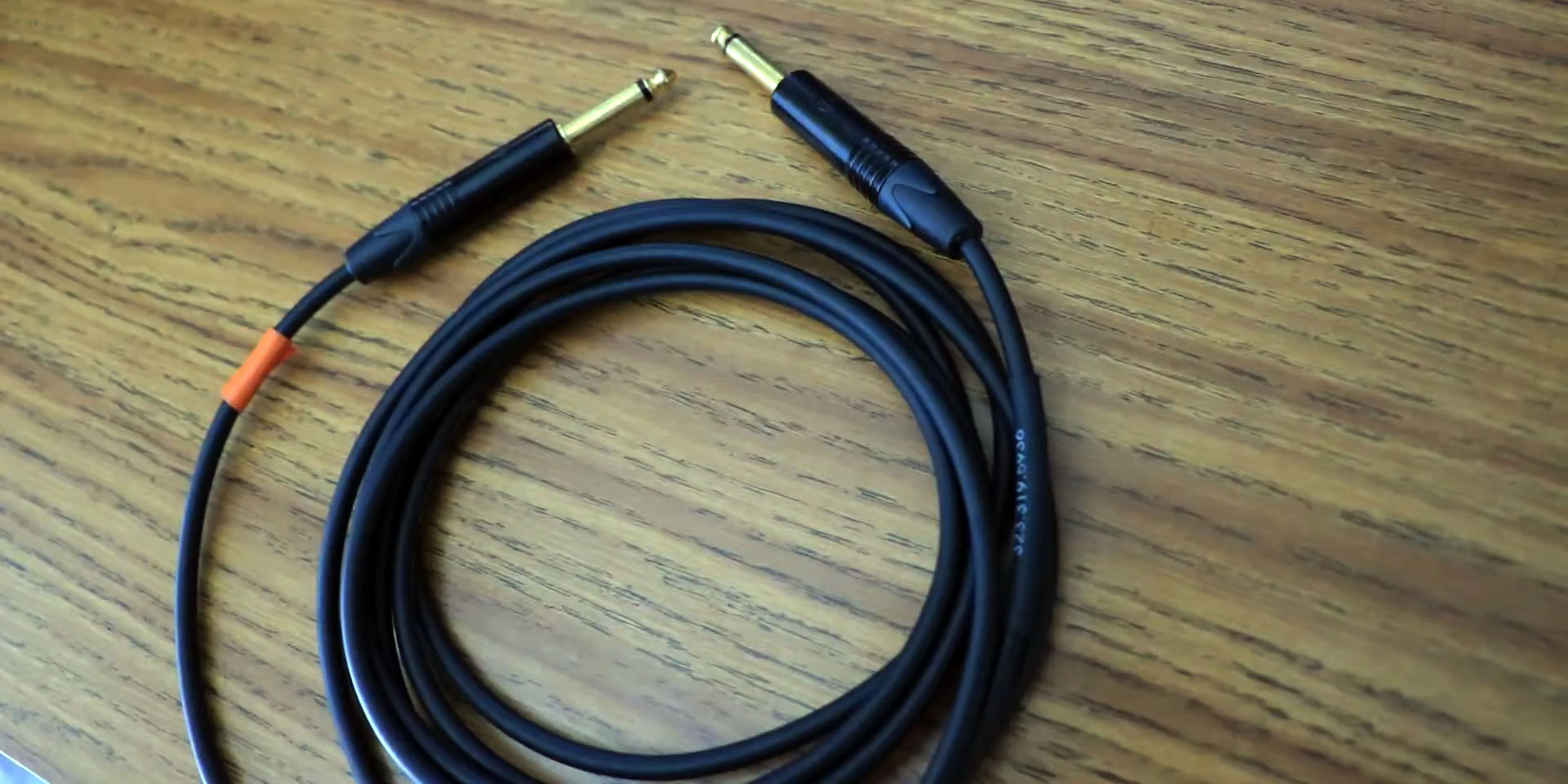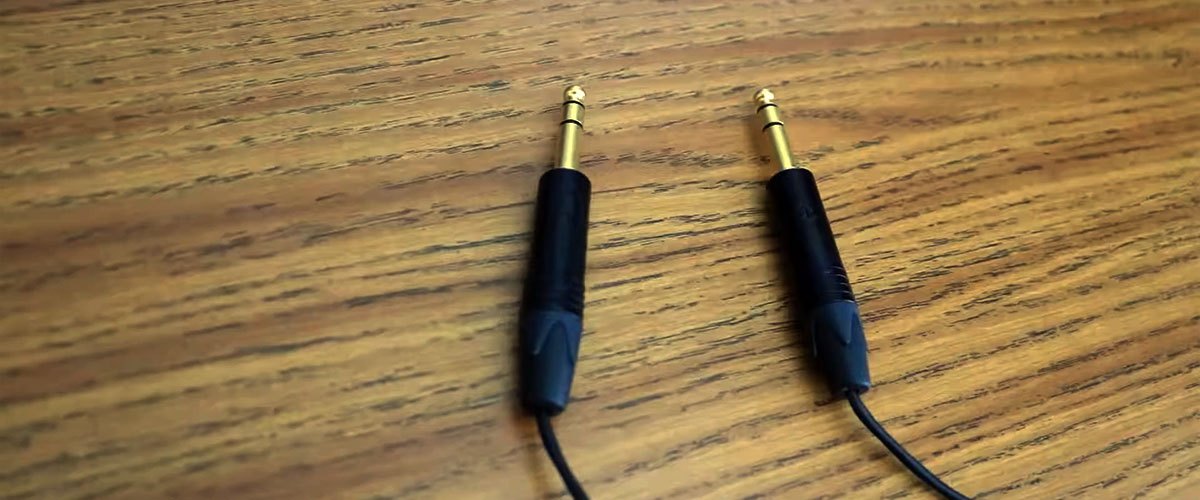
What Is The Difference Between TRS And TS?
TRS and TS are two types of connectors that people use to connect audio equipment. TRS is short for Tip, Ring, Sleeve, while TS is short for Tip, Sleeve.
These connectors are used in various applications such as microphones, headphones, and instruments. While they may seem similar at first glance, you can come across a few different features between TRS and TS connectors.
The most significant one is the number of conductors. It’s important to highlight that TRS connectors have three conductors, while TS connectors only have two. The third conductor in a TRS connector is typically used for a ground connection or to carry a signal. It allows TRS connectors to be used for a variety of applications.
Another difference between TRS and TS connectors is the way they are typically used. For example, TRS connectors are often used for balanced audio signals, while TS connectors are typically used for unbalanced audio signals.
Finally, TRS connectors are typically more expensive than TS connectors. It is because they have more conductors and are designed for specific applications.
When shopping for audio cables, it is essential to pay attention to the type of connector required for your particular application. Using the wrong type of connector can result in poor sound quality or even damage your equipment.

When is it better to use TRS rather than TS?
There are a few situations where it is better to use TRS rather than TS.
If you work with balanced audio signals, then TRS is the better choice. TRS connectors are explicitly designed for balanced audio signals and will provide the best sound quality. Therefore, if you need to connect two pieces of audio equipment with a balanced signal, you will need to use a TRS connector. If you are connecting two pieces of audio equipment with an unbalanced signal, you can use either a TRS or TS connector.
If you connect audio equipment to a mixer or other professional audio equipment, then TRS is also the better choice. It is because most professional audio equipment uses balanced audio signals.
TRS connectors are also a good choice if you need to connect two audio equipment pieces with different ground potentials. It is because it can help to reduce noise and interference in the signal. So, TRS connectors are better suited for applications where noise reduction is essential, such as in professional recording studios.
Finally, It is also important to note that TRS connectors are typically more expensive than TS connectors. It is because they have more conductors and are designed for specific applications.
If you are looking for a high-quality audio cable, TRS is the better choice.
Can you plug a TS cable into a TRS input?
Yes, you can plug a TS cable into a TRS input. However, the results may not be optimal. TRS cables are designed for balanced audio signals, while TS cables are typically used for unbalanced audio signals. Therefore, using a TS cable with a TRS input may lower sound quality. Additionally, it is essential to ensure that the TS cable is fully inserted into the TRS input to avoid damage to your equipment. It is always best to use the proper connector for your particular application.
So, how do I know what I need, TS or TRS?
If you’re not sure whether you need a TS or TRS connector, there are a few things you can look at to help you decide.
- First, check the number of conductors that your cable has. If it has two conductors, then you will need a TS connector. If it has three conductors, then you will need a TRS connector.
- Next, look at the application you will be using the cable for. Remember, if you are connecting balanced audio equipment, you will need a TRS connector.
- Finally, consider the price of the connectors. So if you are on a budget, you may want to opt for a TS connector.
Keep these things in mind when shopping for audio cables and connectors, and you’ll be sure to get the right products for your needs.
